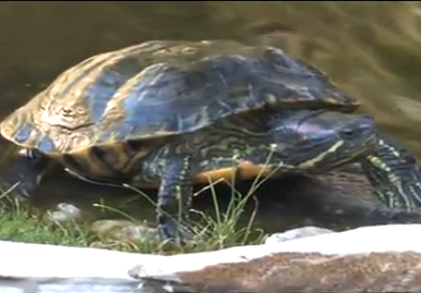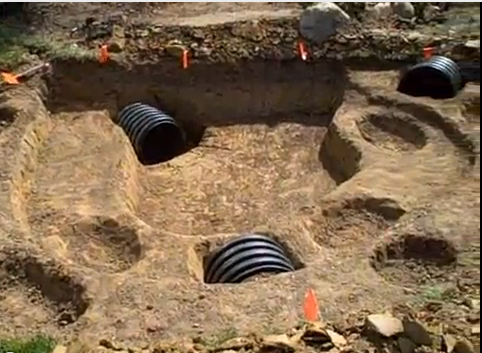pond design
Every once in a while, we come across a client with a special interest in supporting something other than the fish and plants that generally inhabit the ponds we design and install. Occasionally, for example, we’ll get a request to build a watershape that will be particularly attractive to non-fishy wildlife – everything from birds and frogs to various mammals and even insects. In most cases, no special features are required: The pond becomes a known, habitual part of the local ecosystem and various creatures will just show up, so all we really need to do is make certain the water is deep enough and that we’ve installed enough caves and hiding places that the fish will be able to elude predators. Turtles, however, are a different story. Where frogs and birds and raccoons and butterflies will just appear, pondowners generally need to bring in turtles – and then
As is noted right at the start of the video linked below, pond designers and installers are learning that homeowners who get into the hobby tend to commission the system they really want after a couple of preliminary attempts. That’s what happened in this case, where a
We’ve been in the pond business long enough that we’ve seen just about everything – the good, the bad and the ugly. But even we were bowled over by the pond we found in the yard on display in the four videos listed below: We ran up against so many problems all in one place that it made sense to us to record our efforts in renovating the watershape and
Take the world’s most prolific consumer technology company on one hand and, on the other, its desire to augment its corporate headquarters with a natural exterior environment intended to capture geological processes that span millions of years: It’s a collision of
By Steve Sandalis We recently completed a project that truly thrilled a pair of well-traveled,…
From postage-stamp miniatures to lake-scale behemoths, it’s no stretch to say that ponds come in all sizes. While it’s certainly true that big ones give their owners boundless options when it comes to creating large ecosystems that support plenty of fish and plants, we’ve learned


















